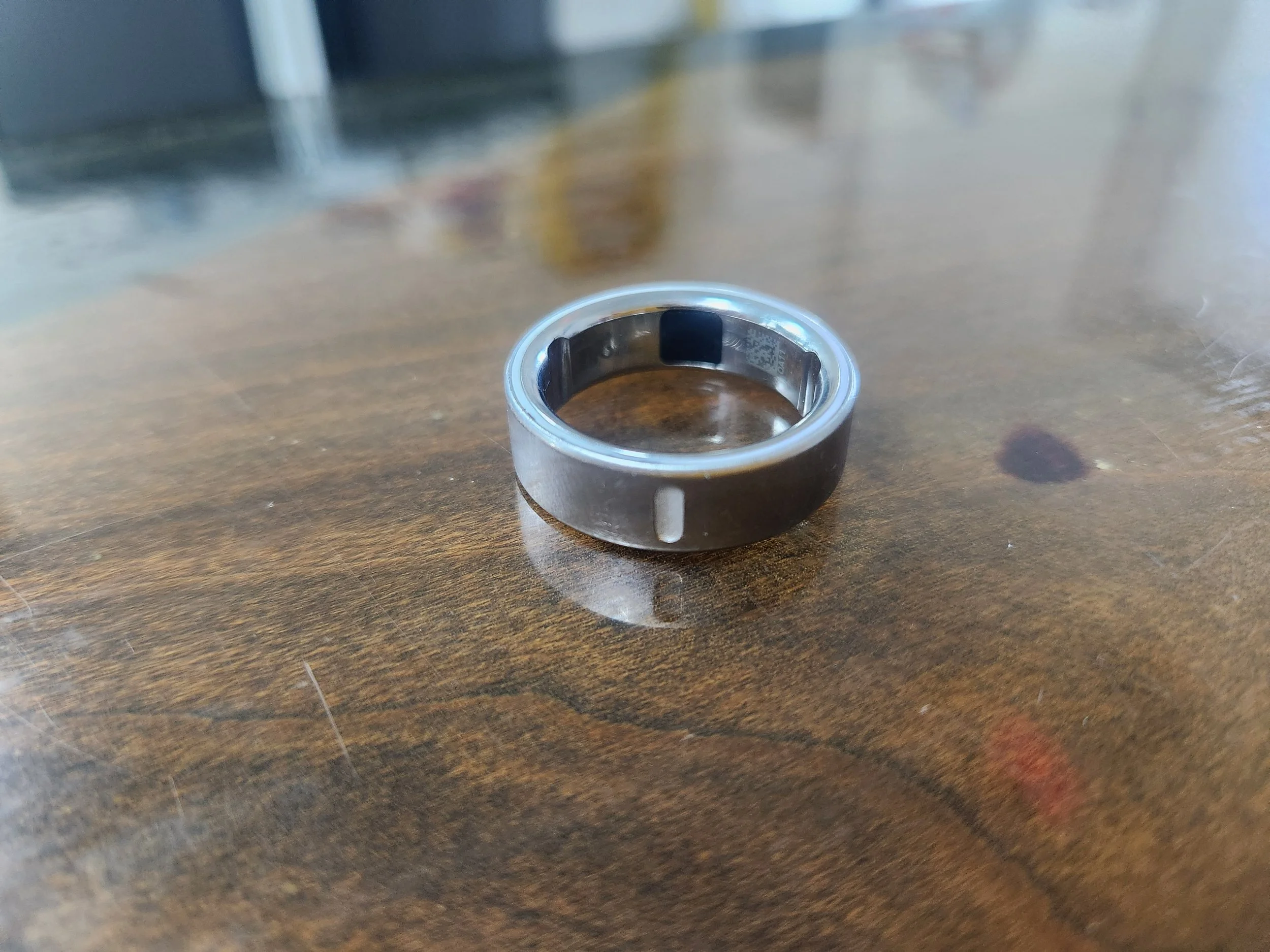How to use Heart Rate Variability (HRV) to Manage Autoimmune Disease
Autoimmune diseases are on the rise and comprise most of the chronic disease that we face. Lupus, multiple sclerosis, rheumatoid arthritis, psoriasis, sjogren’s, celiac, type 1 diabetes, and vitiligo, are just some of the growing list (over 100) of autoimmune diseases. They are classically described as an immune system that’s gone “haywire” and the current solution is to suppress the immune system with steroids. That is a symptom based approach and will cause a whole host of other issues. Getting a grip on your immune system can help you manage autoimmune disease and put it at bay. Luckily, we now have a metric (HRV) that tracks your immune system and can be leveraged.
HRV stands for heart rate variability, and it is the variation in time between your heartbeats. Instead of beating like a metronome, a healthy heart naturally fluctuates in rhythm. For example, if your heart rate is 60 beats per minute, it doesn’t beat exactly once per second, it speeds up and slows down slightly with each breath.
HRV is considered a key indicator of autonomic nervous system balance, reflecting how well your body can shift between "fight-or-flight" (sympathetic) and "rest-and-repair" (parasympathetic) states. Higher HRV generally signals greater resilience and adaptability, while lower HRV may suggest stress, fatigue, or inflammation.
Autoimmune conditions involve an overactive immune system that mistakenly attacks the body. Flare-ups are often triggered or worsened by chronic stress, poor sleep, and systemic inflammation.
Here’s where HRV comes in:
Indicator of Stress Load: Low HRV often correlates with higher inflammatory markers and greater disease activity.
Feedback Loop: Monitoring HRV gives you a real-time view of how lifestyle choices (sleep, diet, stress, exercise) affect your body.
Nervous System Regulation: Since the vagus nerve helps regulate immune response, strengthening vagal tone (reflected in higher HRV) may reduce inflammatory signaling.
So how can we use HRV to modulate the immune system?
Track Your HRV Daily
Wearables like Oura Ring, WHOOP, Garmin, or Apple Watch can measure HRV. Look for patterns rather than single numbers, what raises or lowers your HRV?Identify Triggers
Logging HRV alongside symptoms, diet, sleep, and stress levels can reveal personal flare-up triggers. For example, you may notice that poor sleep or high-intensity workouts drop your HRV before a flare.Support Nervous System Recovery
Practices that stimulate the parasympathetic system tend to increase HRV:Deep breathing or meditation
Gentle yoga or tai chi
Spending time in nature
Cold exposure (like a short cold shower)
Mindful rest days instead of pushing through fatigue
Balance Exercise Intensity
Movement is crucial for autoimmune health, but overtraining can worsen symptoms. HRV helps gauge recovery, if your HRV is low, it may be a day for lighter activity.Collaborate With Us
We are well versed in using HRV to balance the immune system. Share HRV patterns with us and we can help tailor your treatment plan, stress management strategies, or lifestyle interventions.
The most powerful aspect of HRV tracking is that it provides objective data. Instead of blaming yourself for a flare or feeling guilty for needing rest, HRV can affirm that your body is under strain and needs care. It shifts the focus from "pushing through" to "listening to your body."
HRV isn’t a cure for autoimmune disease, but it’s a valuable compass. By tracking and supporting your nervous system balance, you can gain better insight into your body’s stress and recovery patterns, helping you manage symptoms, improve resilience, and live with more stability.
Here is an example of what we call the “breathing spin down” to activate the parasympathetic nervous system:
Another potent tool to trigger the parasympathetic nervous system is lymphatic drainage. More on that here.
We put together a free PDF on 35 ways to improve HRV. You can get it here:

